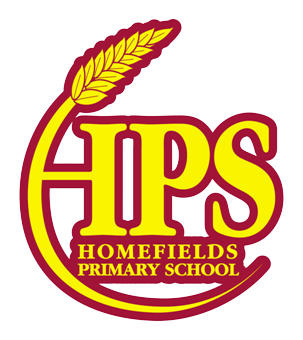Castles - Summer 1
In Summer 1, our topic will be Castles, where the children will step back in time to explore the magical and historical world of medieval castles. Through rich storytelling, imaginative play, and hands-on exploration, the children will learn about castle life and the people who lived and worked within them. We will begin by exploring the castle setting in the story 'Jim and the Beanstalk', an alternative version of the classic, in which Jim helps the giant. In the Summer 2 term the children will be visiting Bolsover Castle. This will be a fantastic opportunity for the children to consolidate their learning!
Understanding the Past and Castle Life
-
The children will learn about the features of a castle, including towers, turrets, drawbridges, moats, arrow slits, and dungeons. Using small world play, construction materials, and books, they will explore how castles were designed for protection and function.
-
We will explore job roles within a castle such as kings, queens, knights, cooks, jesters, servants, and guards. The children will consider how each role contributed to castle life.
-
Using comparisons, children will explore how castle life differed from life today, discussing castle rooms, clothing, food preparation, and entertainment.
Key Stories:
-
Jim and the Beanstalk – This modern twist on a classic fairy tale will spark discussions around kindness and helping others. It will also introduce the children to the idea of people who help us, with a focus on dental hygiene as Jim helps the giant by visiting the optician, wig-maker, and dentist.
-
Look Inside a Castle (non-fiction) – This engaging information text will support the children in learning factual details about the layout of castles, their defences, and daily life within. It will also develop their understanding of how to extract information from non-fiction books.
-
Traditional fairy tales like Cinderella, Sleeping Beauty, and Jack and the Beanstalk will serve as inspiration for the children to plan, retell, and write their own fairy tales, focusing on story structure, characters, setting, problem, and resolution.
Literacy and Writing Focus
-
Children will use story maps, talk partners, and drawing to support oral storytelling and idea development.
-
Writing opportunities will include:
-
Labelling parts of a castle
-
Writing their own fairy tales, applying their phonics knowledge and beginning to use punctuation such as capital letters, finger spaces, and full stops.
-
Writing letters
-
Role-Play and Creative Learning
-
The classroom will feature a castle role-play area, where children can dress up as royalty, knights, or castle staff and act out scenes from fairy tales or their own stories.
-
In Expressive Arts and Design, children will explore colour, shape, and structure as they create shields, flags, crowns, and practise their printing skills to produce artwork inspired by castle imagery and the work of Paul Klee (Castles in the Sun).
-
Children will design and build their own castle models, choosing whether to include a motte or a moat, and incorporating key features such as towers, drawbridges, and battlements using a variety of creative and construction materials.
Understanding the World
-
Children will compare life in castles in the past to modern life, exploring how daily routines, jobs, homes, and entertainment have changed.
-
As part of our People, Culture and Communities learning, we will explore castles from different countries, noticing similarities and differences in their designs and purpose.
-
Through Jim and the Beanstalk, we will also explore how people help us, including dentists and opticians, linking to our learning about personal health and hygiene.
Personal, Social, and Emotional Development
-
Children will take part in group storytelling, small world play, and construction challenges, encouraging them to collaborate, take turns, and negotiate roles.
-
Exploring Jim and the Beanstalk will prompt discussions about helping others, kindness, and how we take care of our bodies—especially our teeth, tying in with our health and self-care curriculum.
